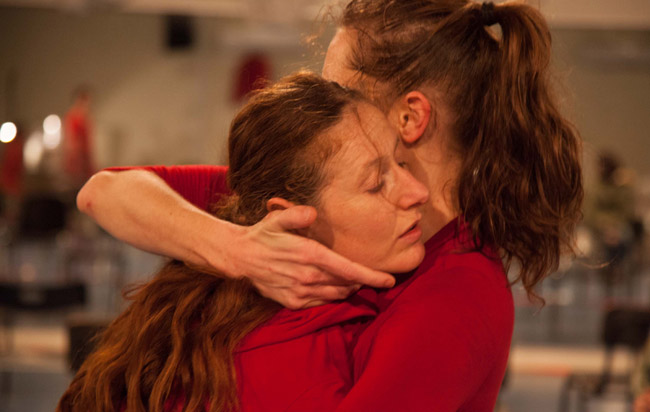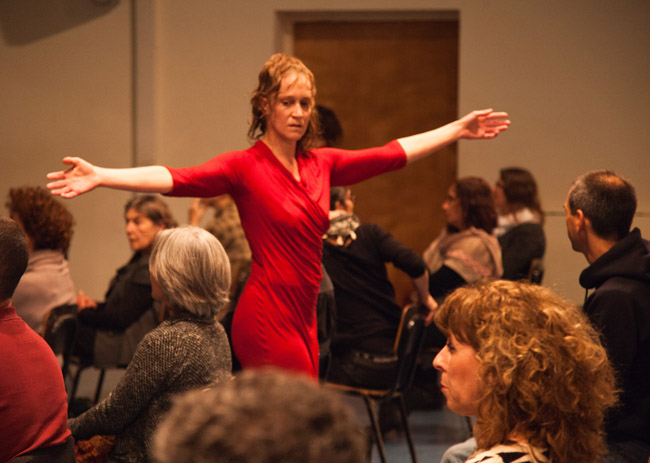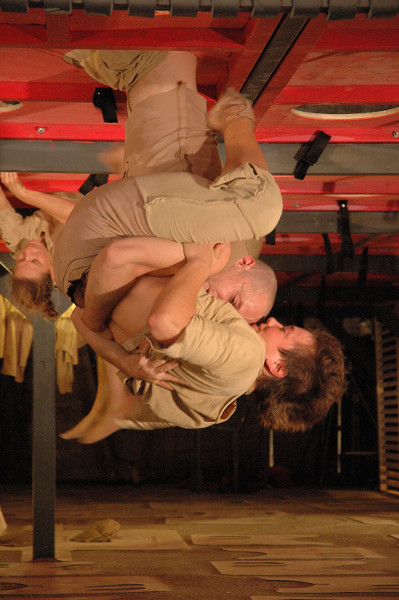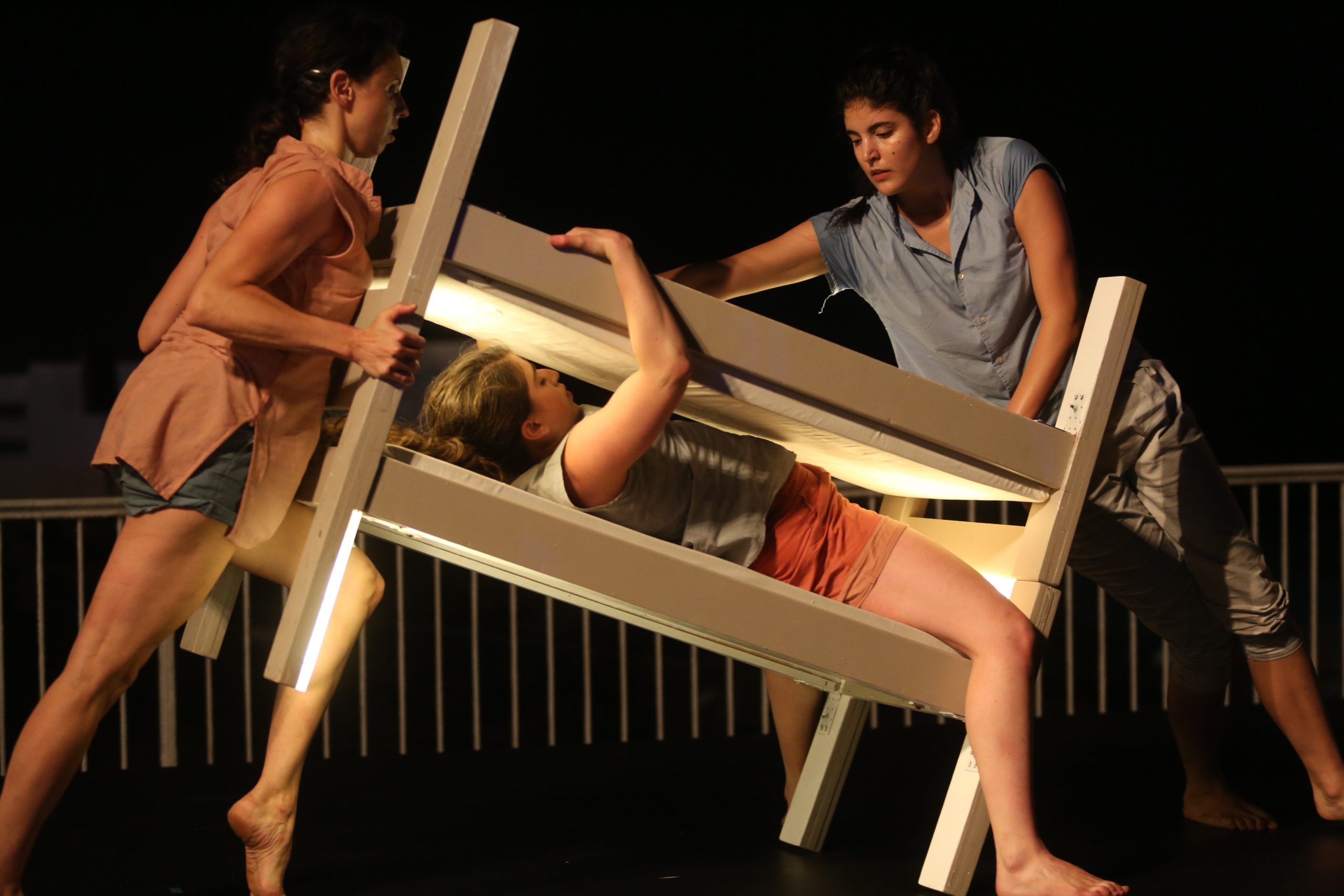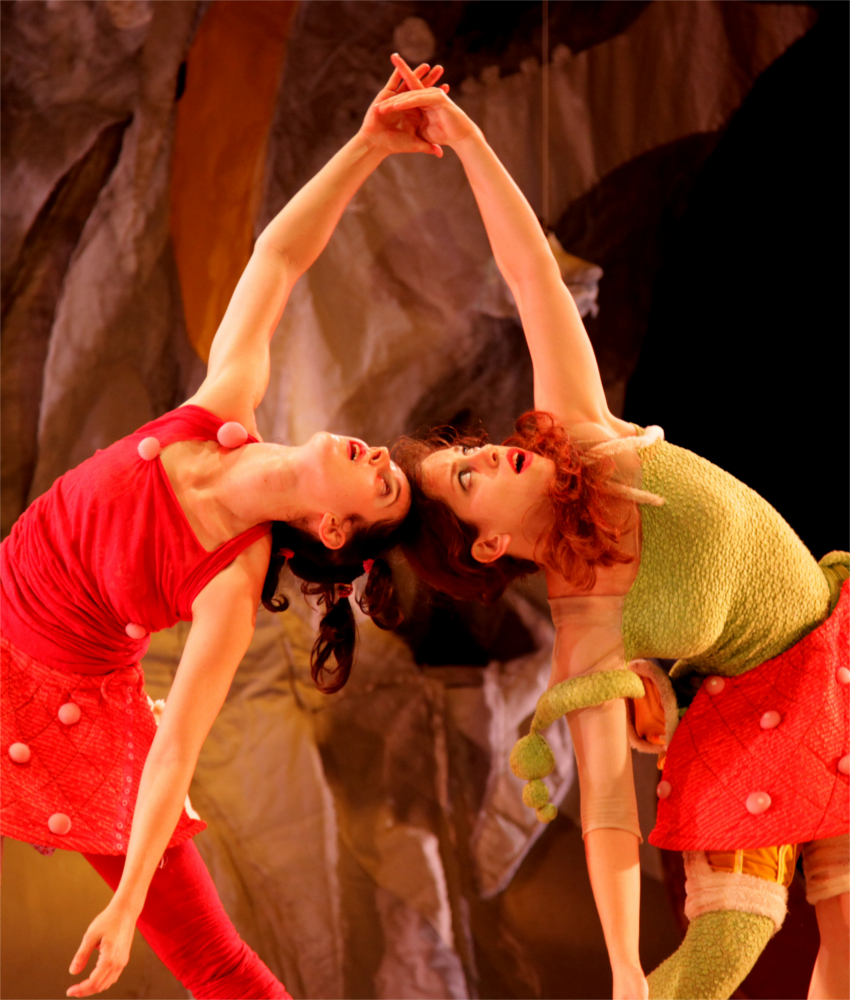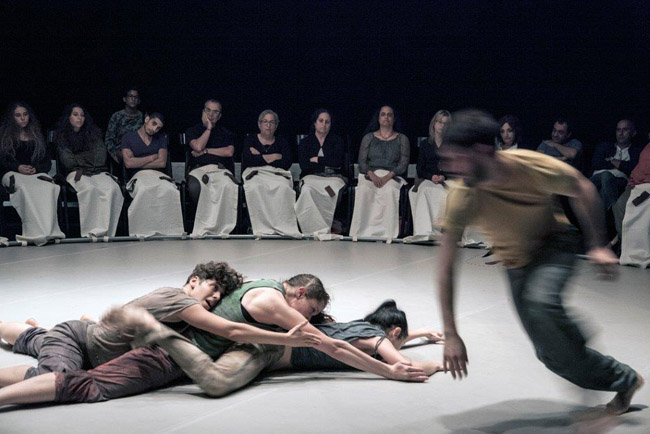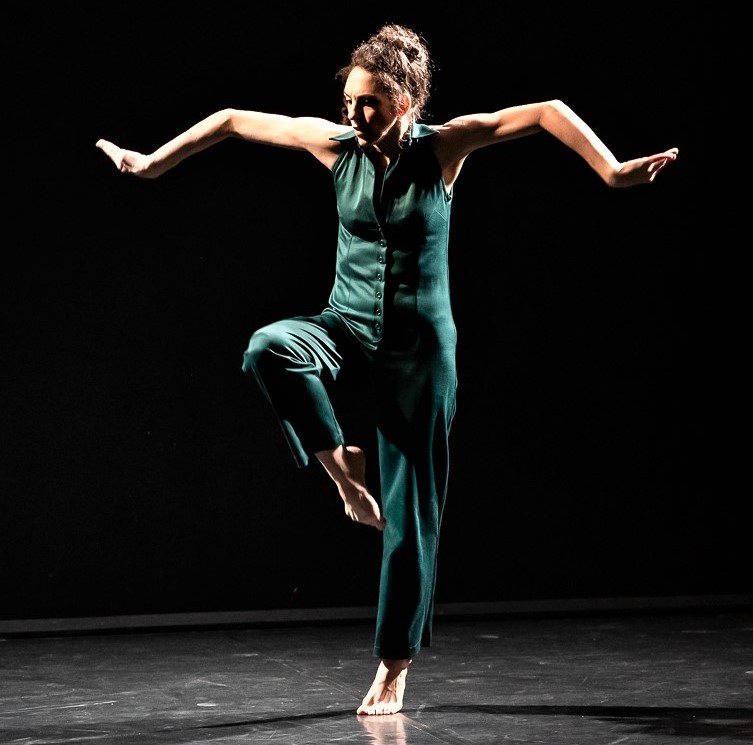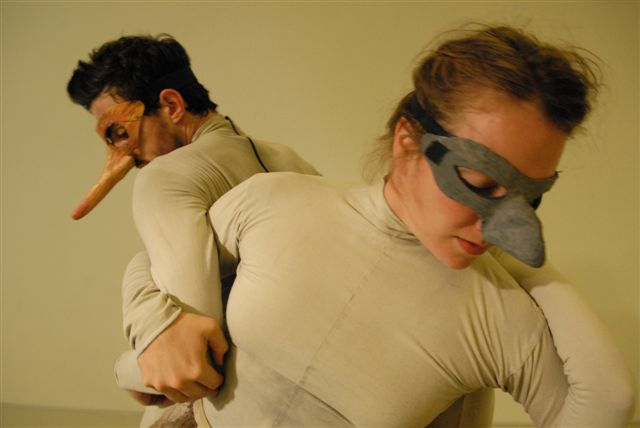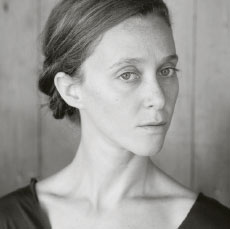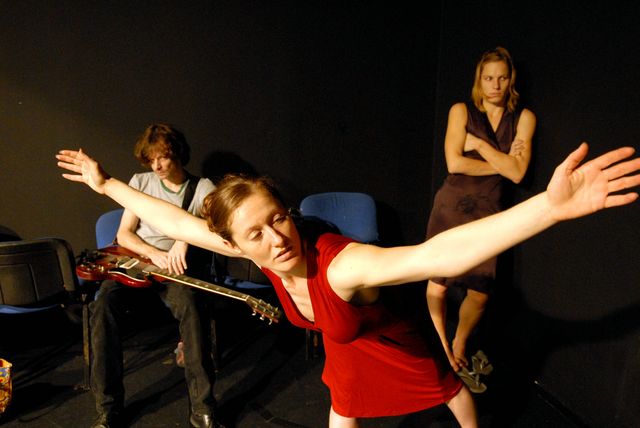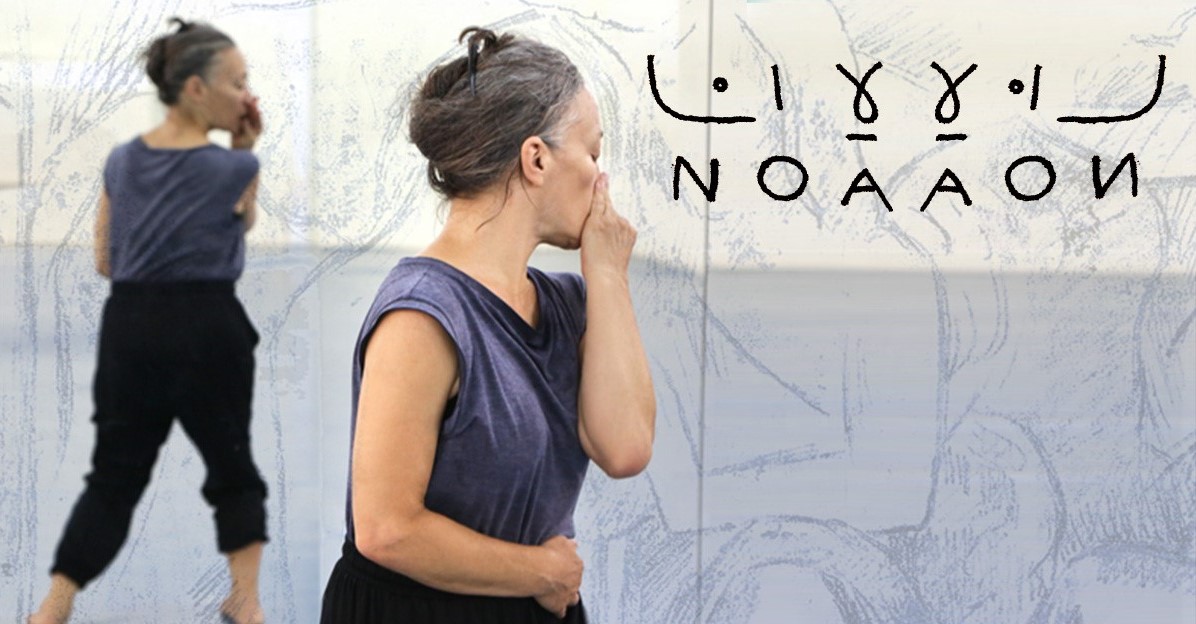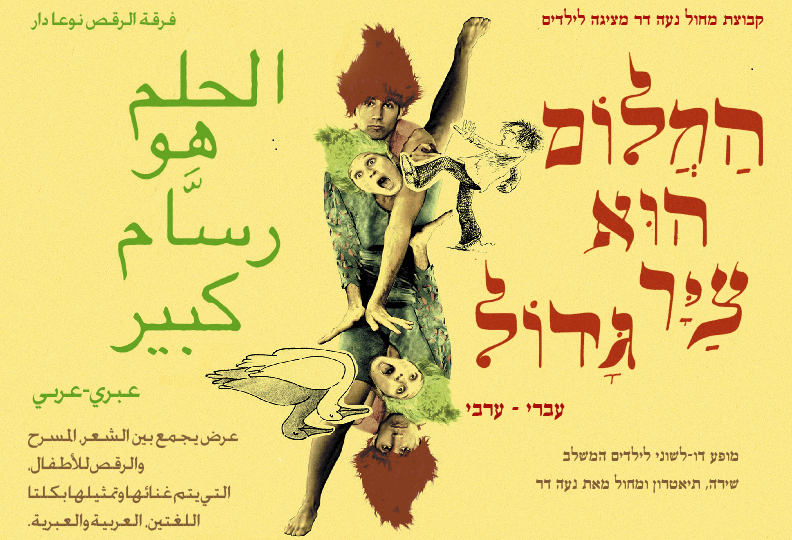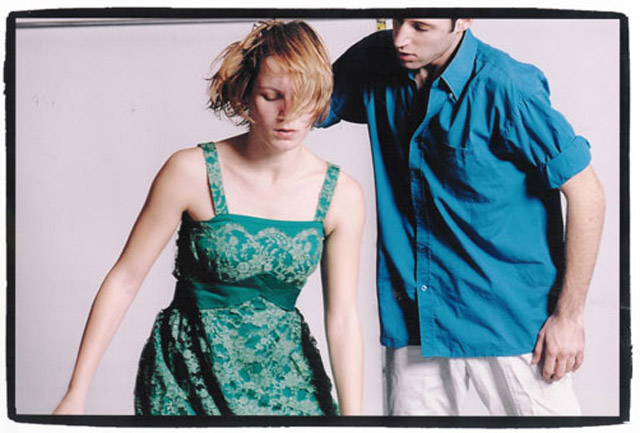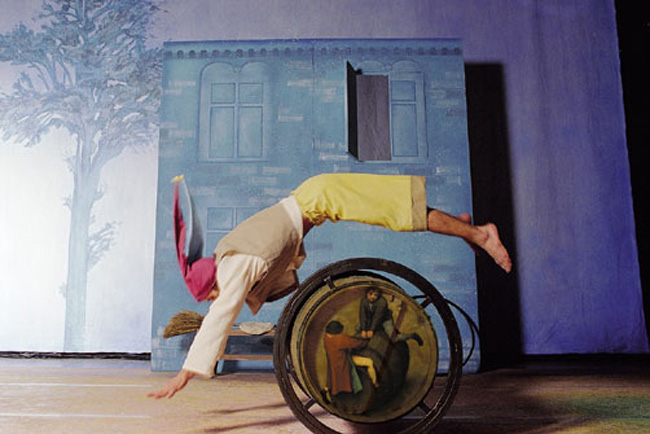Created within a strict time frame, Last Date is a performative event by Noa Dar made in collaboration with artists from a variety of fields. The duration of the performance is exactly one hour long, and took place for the first time on the very last evening of the year.
The work examines the material and sensory aspects of time, wavering between endings and beginnings, moving backward and forward.
“Last Date” lingers in moments of no return and examines the potential of reversibility and starting anew. It wonders about the motivation for acting – whether out of necessity or desire? It reflects on the meaning of a “deadline” and about the ways in which we situate ourselves relative to the passage and accumulation of time.
In “Last Date” audience members are seated in rows, facing a large mirror, and the performers move between these rows. Everything that happens is seen both directly and through the mirror’s reflection which disrupts the perception of space, and consequently the sense of time.
This intimate relationship, at once engaging and deterring, as well as the blurring of the roles between performers and viewers, make the audience physical partners in an experience that challenges the boundaries of space, time and identity.
“Last Date” is a multidisciplinary work for five women – two dancers, an actress, a vocal artist and a visual artist who operates a live installation.
“Dar’s interest in the notion of a deadline pushed her to consider the many ways in which a time frame can inform movement and experience. ‘I wanted to deal with time as a tangible element that we could sense, not as a concept. The structure and topic are very defined. The biggest challenge was to meet the deadline.
To create something very fast, something on the tip of the tongue, that bursts out. I knew from the beginning that the audience would be part of the show, that they would feel the show, and so they had to be in it and not in front or on the side of it. The show is one hour exactly. The audience’s space is delineated; they sit in lines that are measured exactly. The performance takes place between the rows,’ she says.
Dar goes on to explain that this process was totally different from her established way of working. Usually, she enjoys long creative processes, ones that begin with a general concept and slowly get whittled down to the essence.
‘I worked on ‘Skin’ for six months before the premiere and continued to work on it well after,’ she says.
Here, Dar and her collaborators had no more than two weeks in the studio to make heads or tails of this work.
‘We went in, and the strongest, clearest, most initial ideas were the ones that made it in,’ she says.”

